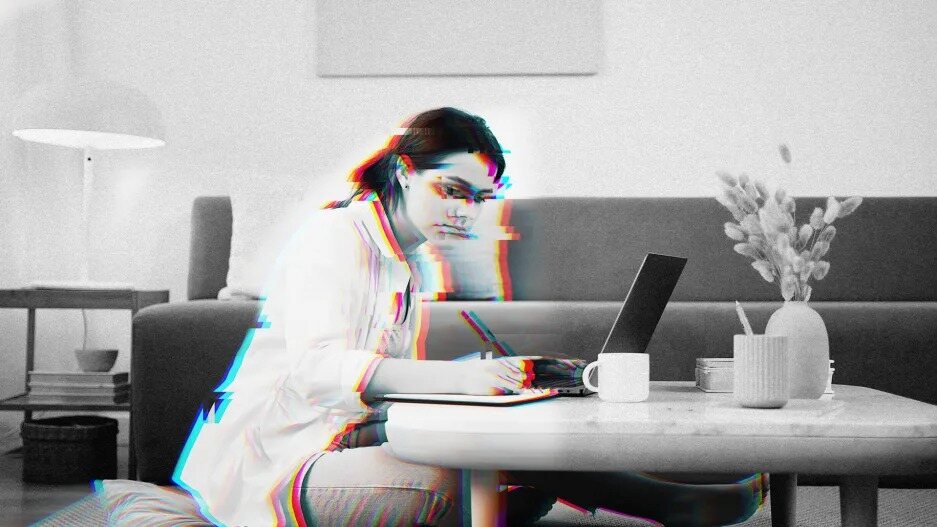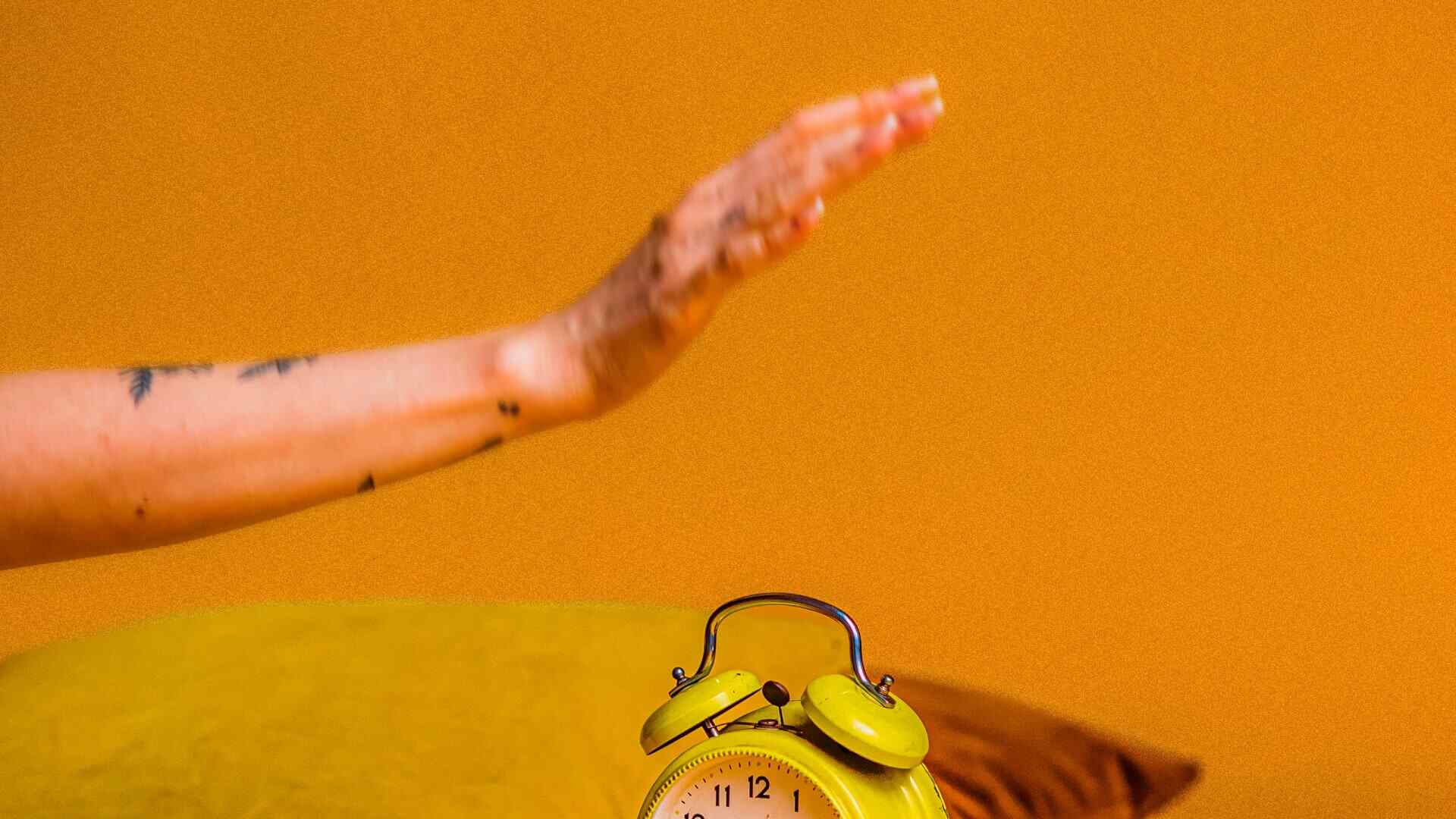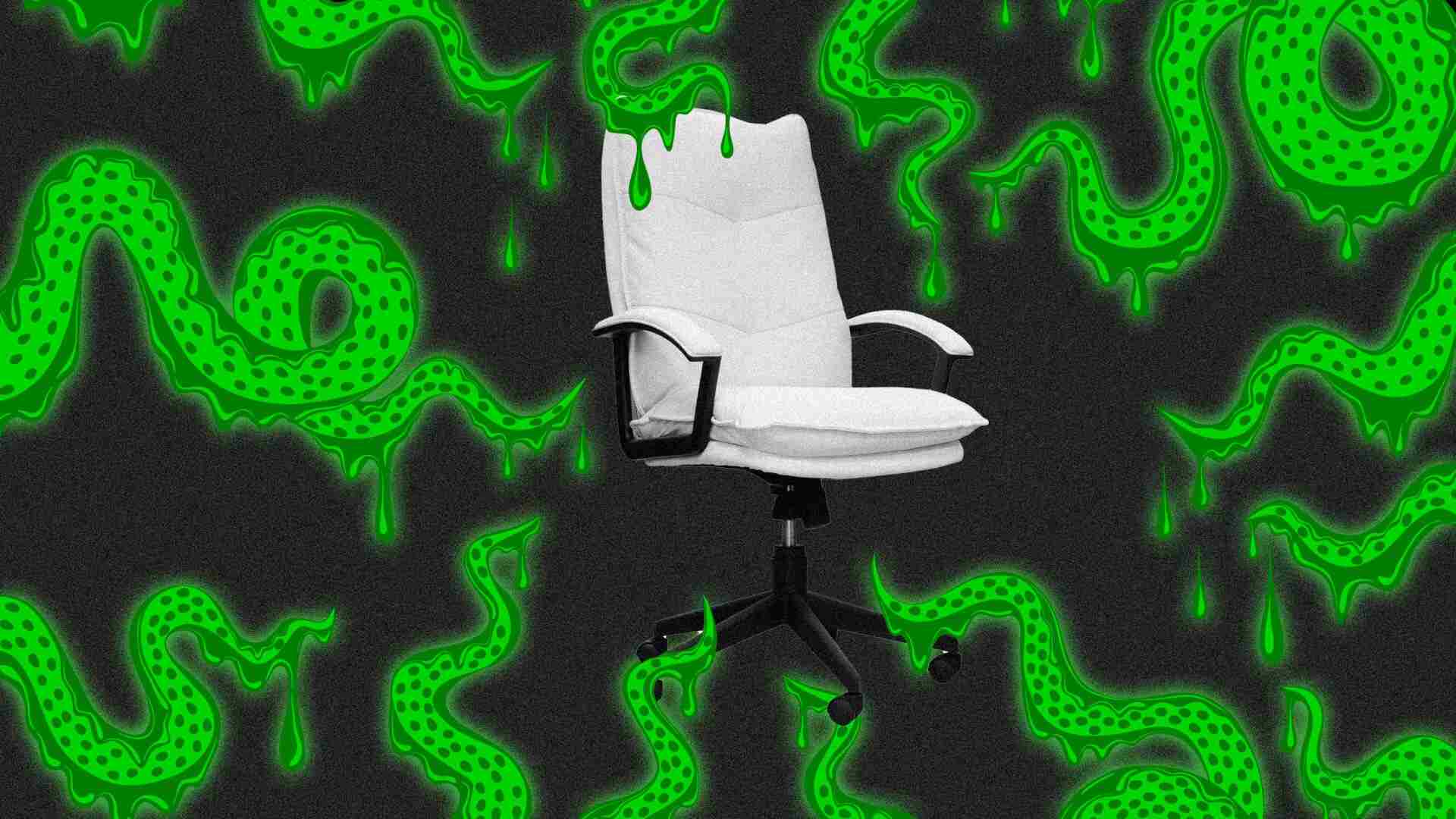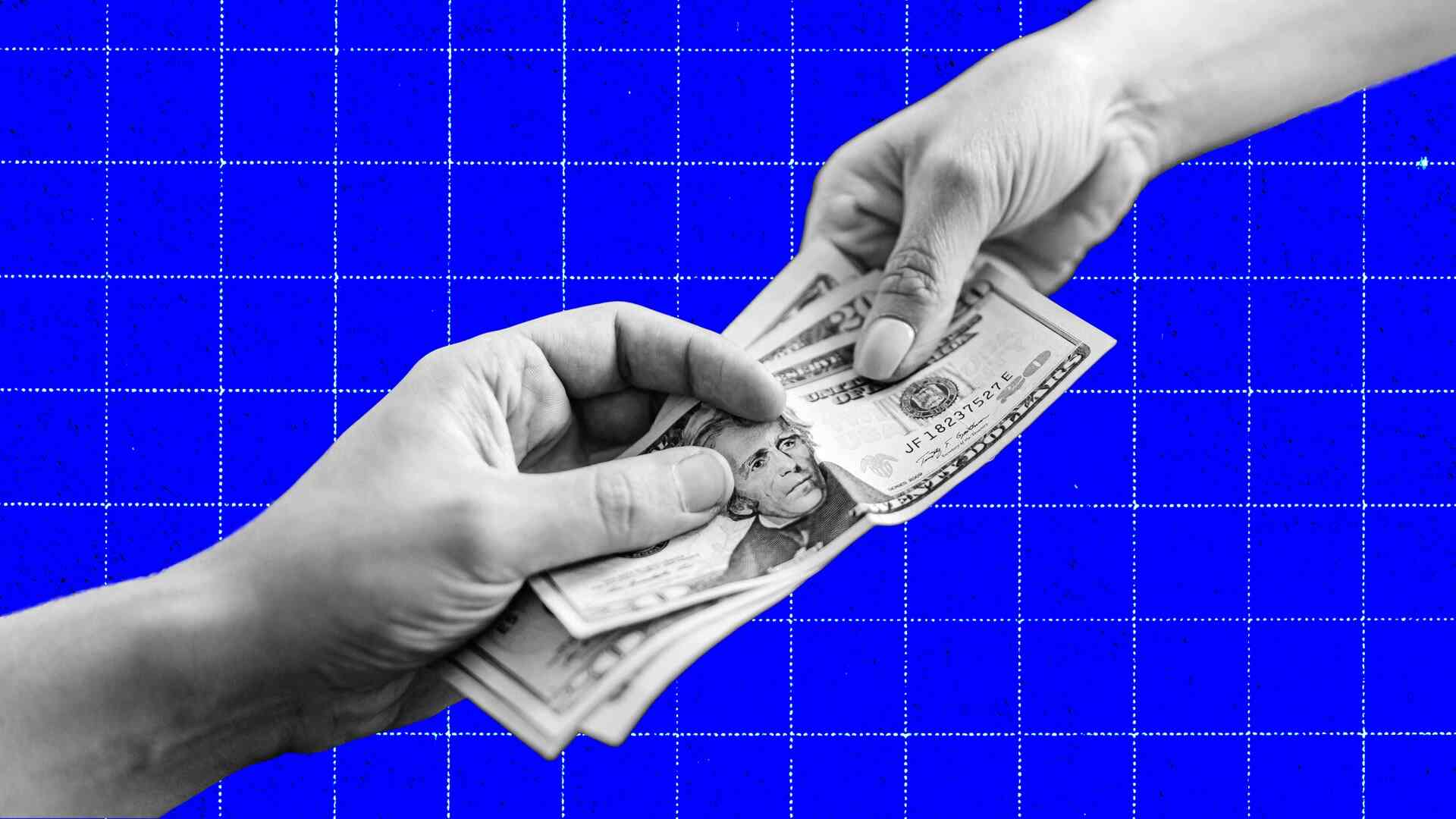- | 1:00 pm
Feeling distracted? You need to understand the 4 types of attention
Understanding attention types can help you improve productivity and focus.

It’s no secret that our attention span is shrinking, as is our ability to ward off distractions. A study by Harvard University psychologists found that people spend nearly 47% of their day thinking about something other than what they’re doing.
While harnessing your attention can feel like a losing battle, it helps to understand its two dimensions, says Dr. Gloria Mark, author of Attention Span: A Groundbreaking Way to Restore Balance, Happiness, and Productivity.
“The first dimension is how challenged you are in what you’re doing,” she says. “The second is how engaged you are in what you’re doing.”
The two dimensions work together to form four attention quadrants. If you’re highly engaged and challenged, you have focused attention. If you’re highly engaged but not challenged, you’re using rote attention. If you’re neither engaged nor challenged, you’re in a state of boredom. And if you’re not engaged but highly challenged, you’re in the state of frustration.
Mark, a psychologist and Chancellor Professor of Informatics at the University of California, says understanding each attention type can help you improve productivity and balance.
FOCUSED ATTENTION
Most of the workday is spent in focused attention, says Mark. This state ebbs and flows, and people tend to have predictable rhythms of focused attention. Most of us experience a peak late morning at 11 a.m. and another midafternoon around 3 p.m.
Focused attention is correlated with motivation, activation, concentration, creativity, and satisfaction, says Mark. This type costs a lot of cognitive resources to maintain, hence the phrase “paying attention.”
“Think of it as attentional capacity,” says Mark. “Our resources are limited. It’s very hard to have long periods of sustained focus because we don’t have the resources to maintain that.”
Flow is also a state of focused attention. “Flow is about using your skill at an optimal level,” says Mark. “There’s this sweet spot that you have to hit. Focused attention is a precursor to flow, but not all focused attention is flow. Flow is more rare, especially for knowledge work that requires analytical kinds of thinking.”
ROTE ATTENTION
Rote attention is mechanical and routine. You use this type of attention when you do something engaging but not mentally taxing, such as playing an online game like solitaire or Candy Crush. Household chores, such as ironing or peeling potatoes, can also be rote.
Marks says one of the biggest misconceptions about attention is that it requires avoiding these types of activities that are thought of as being mindless. However, rote activities can be beneficial if you learn how to use them strategically.
“Rote activities allow you to replenish your resources while your mind is lightly engaged,” she says. “When we are lightly engaged, problems still incubate in the back of our minds.”
Rote attention also has a rhythm, starting to rise around 9 a.m. and continuing until about 2 p.m.
BOREDOM
Boredom can help people replenish their resources because it doesn’t use a lot of resources, says Mark. However, it doesn’t provide much stimulation and underuses our resources. When you’re bored, it’s natural to watch the clock and anticipate when the activity will be over.
“Unfortunately, when people are bored, their emotional state is not very positive,” she says. “It’s preferable to do some kind of rote activity, which makes people happy.”
Boredom usually peaks around 1 p.m., after lunch.
FRUSTRATION
Frustration happens when we are faced with a difficult activity, and we aren’t making progress and can’t figure out how to move forward. This state uses up a lot of resources and is uncomfortable, and Mark says people rarely stay here for long.
“It’s such an unpleasant state that people just try to avoid it,” says Mark. “If you have a problem and you become frustrated, most of us stop, put it aside, and do something else.”
Fortunately, we spend the least amount of time in this state, and it doesn’t have a natural rhythm during the day.
USING THE ATTENTIONAL STATES
Every attentional state has value and purpose, and we have the power to control how we switch attentional states to recover and replenish cognitive resources.
Recognizing what state you’re in and if you need to shift to another can help you better plan your day. For example, if you start to feel burned out during a period of focused attention, Mark recommends taking a short break to do something less strenuous, such as a rote activity that helps replenish your resources. “You don’t want to let yourself get at the point where you are exhausted,” she says.
If you find yourself in a bored state, it’s important to realize that you’re at an easy access point for distractions. Distractions, such as responding to the chime of your email inbox or getting an urge to check social media, are different than the four attentional quadrants because they’re less under our control, says Mark.
“People are nearly as likely to interrupt themselves as they are to be interrupted by something external,” says Mark. “They’re often a whim and even can be a form of conditioning where we respond to notifications.”
Distractions can quickly turn into rabbit holes, such as that quick Instagram check turns into an hour-long social media binge. Distractions deplete your cognitive resources. When you get in a cycle where you’re tired, it’s harder to get back on track.
By recognizing your attentional state and understanding its purpose and limitations, you help guard against distractions, avoid burn out, and improve your ability to focus.
It can also lead to great things: “Maya Angelou, the writer and poet, talked about having a big mind and a little mind,” says Mark. “Her big mind was what she used for her great work and her deep thought. Her little mind was what she used for doing crossword puzzles. Simple tasks helped replenish her big mind. Instead of pushing to maintain focus, it’s important that we all make an effort to pull back and replenish.”






































